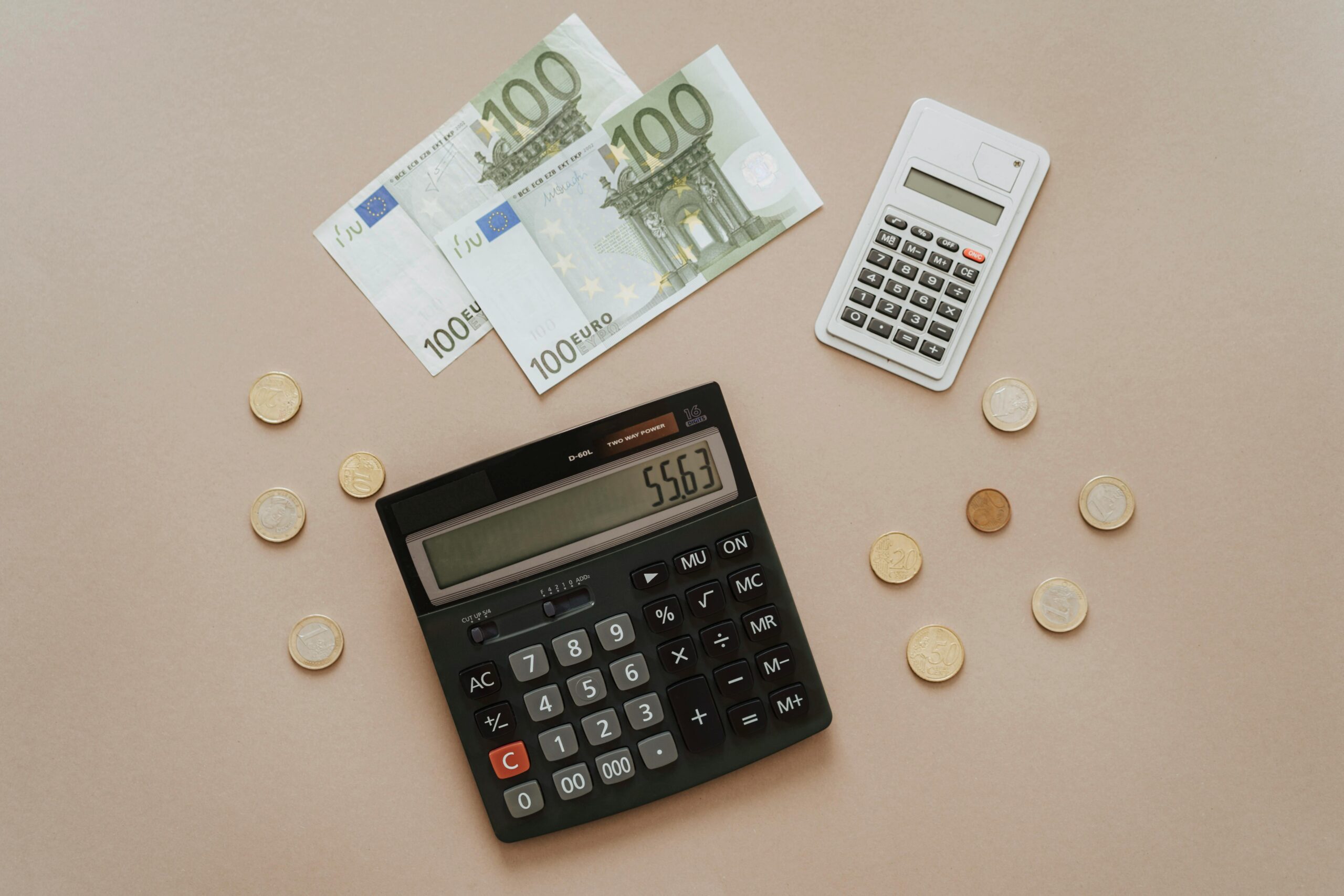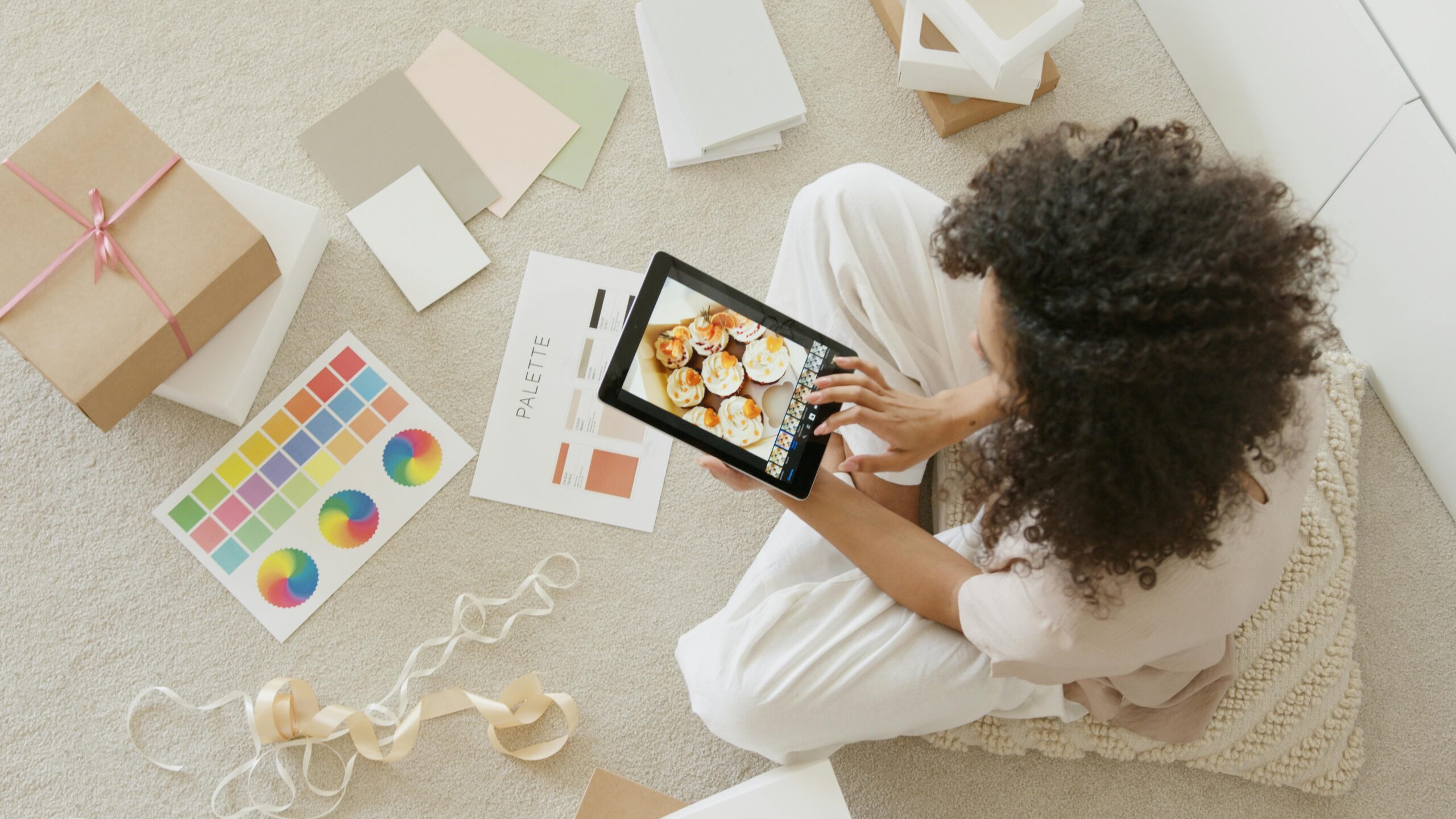With just a few clicks, you can buy anything — from luxury fashion to novelty gadgets, from fitness gear to late-night snack subscriptions.
Impulse buying online has become more than a bad habit. It’s a financial trap that many people fall into without even realizing it.
In this guide, we’ll explore:
- What makes online shopping so addictive
- The psychological triggers behind impulse purchases
- Real-world consequences of frequent impulse buying
- Practical strategies to break the cycle and regain control
Let’s dive in.
Why Online Shopping Feels So Easy (And Dangerous)
The digital marketplace is designed to make spending effortless — and that’s exactly what makes it dangerous.
The Psychology Behind Impulse Buying
Several factors contribute to impulsive purchasing behavior:
- Instant gratification : One-click checkout removes friction.
- Scarcity tactics : “Only 3 left!” or “Limited-time offer” creates urgency.
- Personalized ads : Algorithms know your preferences — and tempt you accordingly.
- Mobile convenience : Apps allow purchases anytime, anywhere.
- FOMO (Fear of Missing Out) : You might think, “What if I never find this deal again?”
All these elements work together to lower your resistance to spending — even when you don’t really need the item.
The Hidden Costs of Impulse Buying
While an individual purchase may seem harmless — a $20 candle here, a $50 gadget there — the real damage comes from repetition .
Financial Consequences:
Emotional Effects:
- Guilt after spending
- Anxiety over finances
- Loss of control over personal economy
- Reduced trust in your own spending decisions
Online shopping isn’t inherently bad — but impulse buying is a financial habit worth breaking .
Signs You’re an Online Impulse Buyer
Here are some red flags that you may be falling into the impulse buying trap:
Common Warning Signs:
- You often say, “I didn’t plan to buy this…”
- You check your bank account after shopping and feel regret
- You’ve bought something you’ve never used
- You frequently use the return button
- You justify spending with phrases like “I deserve this” or “It’s only $10”
- You shop to cope with stress or boredom
If you recognize yourself in any of these signs, it’s time to reassess your spending habits.
Why We Fall Into Impulse Buying (Even When We Know Better)
Understanding why we do things helps us change them.
The Science Behind the Urge to Buy
Your brain treats shopping like a reward system . Here’s how it works:
1. Dopamine Release
Seeing a product you like triggers a dopamine rush — the same chemical linked to food, sex, and other pleasurable experiences.
2. Decision Fatigue
When tired or stressed, we’re more likely to make poor choices — including unnecessary purchases.
3. Social Comparison
Platforms like Instagram and TikTok expose us to idealized lifestyles, making us want to “keep up” — even if it’s not realistic.
4. Algorithmic Persuasion
Amazon, TikTok Shop, and Facebook Marketplace all use AI to show you products tailored to your desires — often before you even realize you wanted them.
How to Break the Cycle: 7 Strategies to Stop Online Impulse Buying
Here are practical steps to help you regain control of your spending habits .
1. Implement a 24-Hour Rule
Before hitting “Buy Now,” wait at least 24 hours .
This simple pause gives your brain time to shift from emotional reaction to rational thinking.
Pro Tip: Save the item in your cart and revisit it the next day. If you still want it, go ahead — but chances are, you won’t.
2. Set Clear Budget Limits
Create a clear boundary around discretionary spending.
Example:
- Weekly fun spending limit: $25
- Monthly clothing/electronics budget: $100
Use apps like Mint , YNAB , or PocketGuard to track and enforce limits.
3. Remove Stored Payment Info
One of the easiest ways to slow down impulse buying is to remove saved credit card details from your browser and apps.
Having to manually enter payment info forces a moment of reflection — and often stops the purchase altogether.
4. Clean Up Your Digital Environment
Unsubscribe from promotional emails, unfollow tempting brands on social media, and disable shopping notifications.
You can also:
- Delete shopping apps for a while
- Use ad blockers for targeted shopping ads
- Turn off personalized recommendations
Reducing exposure reduces temptation.
5. Add Items to a Wish List First
Instead of buying immediately, create a digital wish list in Amazon, Etsy, or your favorite shopping app.
Revisit it once a month and decide which items are truly worth the cost.
6. Ask Yourself These Questions Before Buying
Pause and reflect before clicking “Purchase.”
Try asking:
- Do I already have something similar?
- Will I actually use this in the next month?
- Would I buy this if I had to pay cash?
- Am I buying this because I’m bored or stressed?
These questions bring awareness back into your decision-making process.
7. Replace the Habit With Healthier Alternatives
Shopping often serves as a mood booster . But there are better, cheaper ways to get that feeling.
Try replacing impulse shopping with:
- Journaling
- Going for a walk
- Calling a friend
- Doing a short meditation
- Organizing your space
This way, you still get the emotional benefit — without the financial cost.
Frequently Asked Questions (FAQ)
Q: Is impulse buying online really a problem?
A: Yes — especially if it happens regularly. Over time, small purchases add up and impact your long-term financial health.
Q: Why do I keep buying things I don’t need?
A: Because online shopping is designed to exploit psychological triggers like FOMO, instant gratification, and algorithmic suggestion.
Q: Can impulse buying lead to debt?
A: Absolutely. Repeated small purchases — especially on credit — can lead to significant debt over time.
Q: How can I stop myself from impulse buying?
A: Use tools like the 24-hour rule, remove saved payment methods, set budget limits, and clean up your digital environment.
Q: Should I delete my shopping apps?
A: If they trigger frequent unwanted spending, yes. Consider deleting them temporarily or replacing them with finance-tracking apps instead.
Final Thoughts
Impulse buying may feel harmless in the moment — but over time, it becomes a costly habit.
The good news? You can break the cycle with awareness, discipline, and a few smart strategies.
By recognizing the emotional and environmental triggers, setting boundaries, and choosing healthier coping mechanisms, you can take back control of your spending — and your future.
Because the best purchase you can make today… is no purchase at all.





